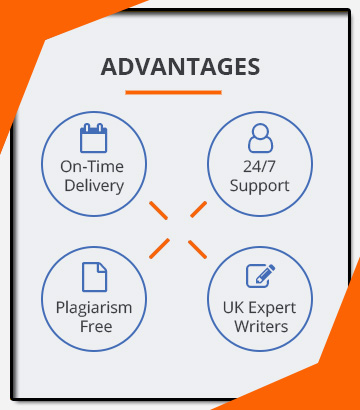Section 1: Overview of Assessment
This assignment assesses the following module learning outcomes:
- Consuming and visualizing IoT sensor node data.
- Ontological modeling for the web of things
This individual assignment is worth 50% of the overall mark for the module.
You will design and build a smart thing, a sensor node, using an Arduino and sensor(s) of your choosing. Data recorded over a representative period of time will be uploaded to ThingSpeak where it can be visualised. You will also add suitable “thing description” metadata to augment the data. This will be accompanied by a 2000 word write-up, explaining your approach and your reflections upon it.
This coursework will demonstrate your ability to work practically with hardware, software, and metadata. You will submit your coursework via Blackboard by the due date. The assignment is described in more detail in section 2.
All the technologies that you will need for your coursework will be explained during the practical sessions. If you have questions about this assignment, please post them to the discussion board on Blackboard.
Section 2: Task Specification
The Approach to Citizen sensing (bristolapproach.org, 2018) is about empowering people to design and build their own smart sensors using cheap open hardware and free software platforms. Sensor data is often lost in cyberspace, so we aim to capture information about the data being collected, and create connections between different datasets.
This coursework is about creating your own IoT smart sensor node, uploading your data to the cloud, and making it available as Linked Open Data using suitable metadata.
Your report will cover the following points:
- Describe the hardware design of a smart thing that you have constructed, using the Arduino and a specific sensor (or sensors).
- Share your software on the Arduino Create Web Editor.
- Upload a representative set of data to the cloud, using ThingSpeak
(MathWorks, Inc, 2021), and share a link to your channel.
- You will use the W3C Web of Things (WoT) JSON-LD Thing Description
(W3C, 2020) to create channel metadata.
- Your report should include data visualisations of your ThingSpeak channel.
The practical sessions will give you space to develop your smart thing hardware, software, and metadata
Section 3: Deliverables
Students will be assessed on their ability to express their design in a report of approximately 2,000 words excluding references.
Sharing your Arduino Create Web Editor code.
- Create a sketch containing your code in the Web Editor
- Select Sketchbook in the menu to the left > Click on the pull-down menu next to the sketch name > Share Sketch… > change the visibility to public
3. copy the link into your report.
Sharing your ThingSpeak channel
- Create your channel at thingspeak.com
- In Channels > MyChannel > select your channel
- On the ‘Sharing’ tab select “Share channel view with everyone.”
- Open the ‘public view’ tab
5. copy the URL in the browser address bar into your report.
Section 4: Marking Criteria
Marks will be awarded according to the extent to which you demonstrate the following (weightings shown in brackets):
- Hardware design of a smart thing that you have constructed, using Arduino and sensor(s) (20%)
- Clear, commented Arduino software (20%).
- Your data will be available in the cloud, in a ThingSpeak channel (20%).
- Your thing description metadata, added as ThingSpeak metadata (20%).
- Clarity of your write-up and reflection (20%).
Section 5: Feedback mechanisms
Formative feedback will be provided if submitted well before the final deadline.

